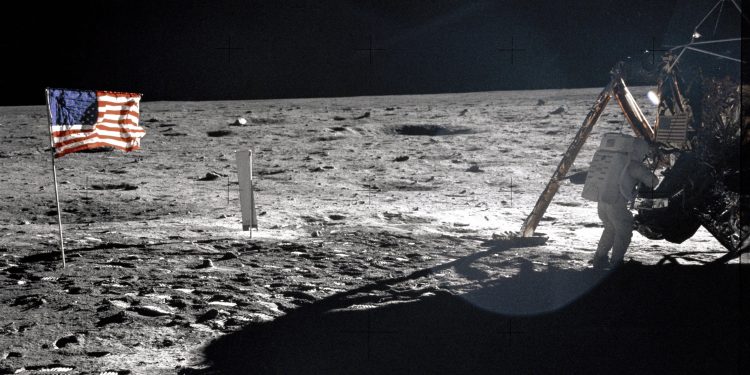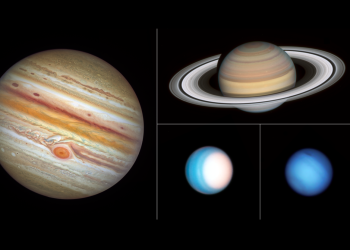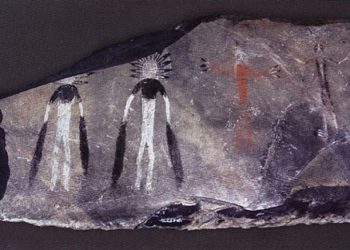Humanity’s ambitions to explore and settle the solar system depend on utilizing the resources of space—and one promising target is the Moon. Among the Moon’s most valuable resources is titanium, a metal highly prized on Earth for its strength, lightness, and resistance to corrosion. But how feasible is it to extract titanium from the lunar surface? And would this benefit Earth’s economy or future space endeavors? These are some of the questions explored by a recent study conducted by researchers from Uppsala University in Sweden.
The Value of Titanium: Earth vs. the Moon
As explained by Universe today, Titanium is essential to many industries, from aerospace to advanced nanotechnology. On Earth, it fetches a hefty price—up to $10,000 per ton. But could the vast quantities of titanium found on the Moon be tapped to fuel both lunar operations and Earth’s demand for the metal?
The Moon’s titanium is primarily found in ilmenite, a mineral also present on Earth, albeit at much lower prices—around $390 per metric ton. The Sea of Tranquility, where Apollo astronauts first touched down, contains rocks composed of up to 20% ilmenite. This abundance makes it a tantalizing location for future mining.
How Much Titanium is Up for Grabs?
Researchers Renaud Merle, Mikael Höök, Valentin Troll, and Alexander Giegling, who published their study in the European Geologist, analyzed the potential titanium reserves at the Apollo landing site. They estimated the amount of ilmenite in the lunar regolith (surface soil) at around 3%, while the basaltic rocks in the region could hold concentrations of up to 15%.
To give their findings context, the researchers compared the Sea of Tranquility’s potential with the Tellnes mine in Norway—one of Earth’s most productive titanium sources. The Tellnes mine contains 575 million metric tons of titanium-rich material and produces about 750 kilotons of ilmenite annually, roughly 5% of the global supply. While the Moon’s deposits are larger in scale, matching Tellnes’ output will require technological advancements and decades of development.
The Challenges of Lunar Mining
Extracting titanium from the Moon presents several logistical challenges, not least of which is transporting the necessary mining equipment. The machinery used in Tellnes includes massive excavators and dump trucks weighing thousands of tons. Transporting similar equipment to the Moon would require at least 40 launches of a Saturn V rocket—the same number used to assemble the International Space Station.
Even after transporting the equipment, powering it is another hurdle. Large diesel engines used on Earth aren’t an option on the Moon. Instead, a combination of solar energy and nuclear power could supply the 11 MW required to run the machines. However, storing this energy, particularly in large batteries, adds complexity to the calculations.
Mining Titanium for the Future
If these challenges can be overcome, the researchers estimate that lunar mining operations could extract up to 500 kilotons of titanium annually—about two-thirds of the output from Tellnes. But it would take about 20 years to reach that level of production. Over such a long time, advances in technology and shifting material demands may render lunar titanium less economically viable, particularly since terrestrial mines could increase production to meet demand.
Nevertheless, there is a compelling reason to pursue lunar mining beyond titanium extraction. Ilmenite, when processed, also releases oxygen—a critical resource for rocket fuel and breathable air. Early mining missions might prioritize oxygen production, with titanium as a valuable byproduct.
While large-scale lunar mining may not begin for at least a decade, the potential is undeniable. Technological innovations will continue to advance, bringing us closer to the day when the first chunk of titanium is extracted from the Moon’s surface. The question is not if this will happen, but when—and how this metal will be used to further humanity’s exploration of space.











